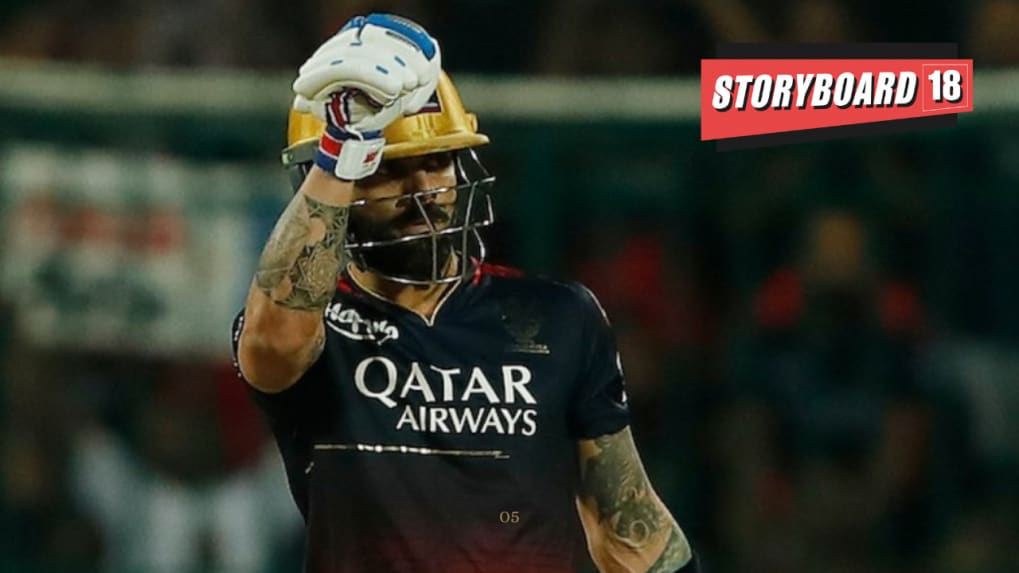IPL on digital fuels rise of connected TV; language streams major wow-moment for advertisers
Find out how brands are using the cricket juggernaut to reach audiences.
ADVERTISEMENT
The Indian Premier League (IPL) has changed the way Indians consume cricket. The 2023 edition of the T20 tournament has witnessed a disruptive digital leap like never before, democratising the experience. This throws up a lot of important questions: What are the implications for advertisers and media planners? What are the winning strategies for brands leveraging the big surge? How are brands using the cricket juggernaut to reach audiences far and wide?
This year democratisation of the IPL has led to unparalleled reach, engagement and business impact from the vantage of a marketer, given the anticipation and excitement around the IPL, especially with the draw of it being a truly digital IPL.
Jaya Jamrani, VP, Marketing, Castrol, an automotive lubricant company thinks the IPL is the largest aggregator in India. “The whole country comes together and everyone has IPL on their minds and on screens. What IPL does is it allows you to create content that consumers are actively watching. It is not passive content. This year the reach is different because of digital and the fact that Jio has made it free,”she says.
IPL advertising has allowed Castrol to quickly create awareness and create impact by integrating the brand message - #CompromiseMehngaPadega.
Vishal Chinchankar, CEO, Madison Digital, talks about the mind boggling reach, layers of interactivity and emotions in IPL. Spotlighting the CSK vs RCB match that had 24 million concurrent views on JioCinema, the official streaming partner of Tata IPL, Chinchankar says, “Digital adds a layer of interactivity, lots of immersiveness and from a reach perspective and measurable metrics, it's all up."
Zoomcar was a first-time IPL advertiser, prompted to hitch its adwagon to the IPL due to its accessibility and flexibility on the digital platform. Naveen Gupta, VP & Countryhead, Zoomcar, says that it felt like the right time to launch an IPL campaign given the brand has been around a decade now. “Zoomcar wanted to reach households. IPL as a medium gave an opportunity to reach them.” It was a wow moment for Zoomcar as there was a spike in organic traffic and an opportunity for impressions increasing. The installations also went northward.
Amardeep Singh, CEO, Interactive Avenues, says, "IPL has democratised TV for the advertisers. Earlier to advertise on TV you needed huge budgets, but now you don't need huge budgets to advertise on TV."
He highlights the reach of connected TV, targeting 25-40 million households. CTV advertising performs better as compared to regular ads on mobiles, he says. “You are reaching out to the key segments — cord cutters and cord shavers. You don’t reach cord cutters though regular TV. The advantage of cord shavers is you are able to personalise communication basis region, language, brand priorities which you can’t do through linear TV,” he said.
Relevance of linear TV going forward
Talking about the relevance of linear TV, Gupta says that linear TV will be relevant for mass brands but for a brand that is digital first, CTV is better because it gives that level of personalisation and reach to engage audiences. “It also gives that level for tracking that sometimes is missing from linear. Day-to-day tracking helps to finetune strategies; for mass brands, linear TV still makes sense in the longer run,” he says.
According to Jamrani, a brand marketer needs to follow the consumer at all times in an impactful manner. Castrol started CTV last January for its car brands. “It’s easy to measure and there is less pilferage also,” she says.
But different consumers want different media, so it’s hard to say, she adds. Sudhir Shukla, COO, More Retail Private Limited, “You need to find what’s right for your TG and business. CTV is doing what HD was doing five years back…which is a proxy for affluent people."
Importance of hyperlocal and regionalisation
“India is so vast. There is an India within India. From seven languages that linear TV offered to 12 languages, it’s a huge democratisation. We never thought of Kiran More speaking Marathi,” says Chinchankar. “That experience has been a great consumer experience, it is adding a lot more in numbers. There is even Punjabi commentary that is giving a lot more numbers. From a language perspective, for one of our brands, we have created 9/10 language ads."
Jamrani says vernacular gives her a scale at a level as an advertiser that didn’t exist before. Shukla reiterates and says IPL 2018 had many languages for the first time: In 2023 there are more languages than ever. Language democratisation is a very interesting phenomenon.
“With the emergence of mobile and the internet ecosystem peaking in India, you can advertise by language. As a retailer, the ability to personalise the campaign at scale was a wow factor,” he says.
Digital advertising will grow further as it allows personalisation at scale, says Shukla. Shukla sums up the impact of the digital surge and language leap: "10 years back somebody told me digital would kill TV, and I am still waiting for that moment. TV has grown in the last 10 years, but digital took share from print and outdoor in a very big way. So that is what digital is able to do — personalisation at scale. So I think digital advertising will only grow and languages play an integral part. We in Mumbai or Delhi sometimes tend to underestimate the power of languages, it is identity for people in India. So when IPL is televised in Oriya, the joy that it brings to somebody in Orissa; you will have to talk to them to understand."

